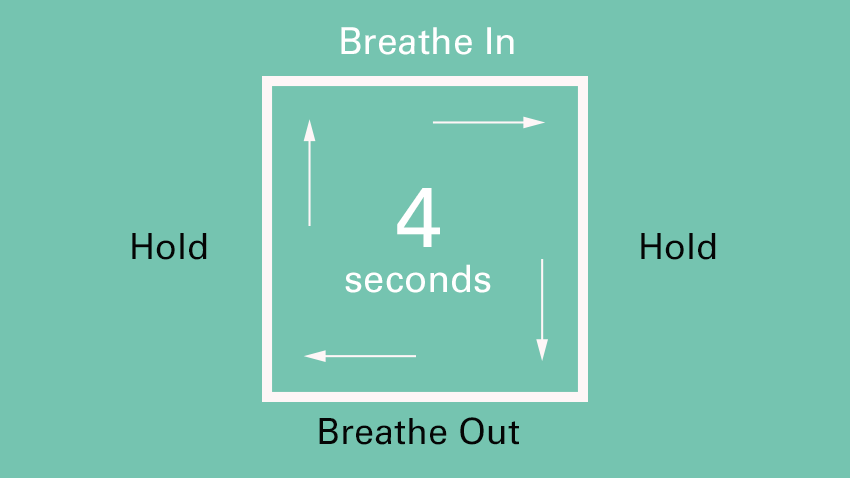3 Grounding Practices to Use Between Therapy Sessions
We do not think ourselves into new ways of living, we live ourselves into new ways of thinking.
― Hillary L. McBride, from The Wisdom of Your Body
We all get activated sometimes. Whether it is waking up feeling off or encountering something during the day that sends our hearts into a frenzy, activation comes from many sources.
It also comes in many forms. While some may feel the energy to fight or flee, others may find themselves shutting down and growing numb. Someone else may fall into a fawn response, ensuring their safety by appeasing whoever is around.
All of these responses are welcome. The more we validate them as our body’s innate response to something overwhelming, the more compassion we begin to cultivate for ourselves.
Activation/dysregulation vs. groundedness
Activation in psychology speak is also called dysregulation. Instead of looking at it in terms of pathology or ‘wrongness’, look at it as a prefix to regulation. The ‘dys’ part simply means that something is standing in the way between you and your nervous system being regulated, or grounded.
In my work with clients I like to use the analogy of the traffic light to think of the states of your nervous system.
Green means you are feeling safe, social and open to connection. There are no perceived threats in the environment, you are feeling in your body, present, grounded.
Yellow is the the anxious energy of the fight/flight response. Just like when we press gas to make it through a yellow light, this nervous system state is frantic, scared, hurried. Our eyes get bigger, scanning for danger. We feel antsy in our limbs that are readying us to fight or flee. We often feel irritable in this state, and we also often pick fights with others.
Red is the shutdown state. This is also known as the life threat state, or play dead state. Here, everything is painfully slow and removed from our senses. We feel cold, numb, frozen. We are unable to move, to think, to feel. We are dissociated and shutdown.
In order to change states, we have to move up or down the traffic light. If we are in the red, we need to move to yellow before we can get to green, and so on.
And this is where grounding practices can help us navigate the traffic light with a little more ease. Here are a few of my favorite practices that you can try and see how they work for you during times of activation or dysregulation.
I. Box breathing
Box breathing is a simple breathing technique that has you inhale, exhale and hold your breathe for equal periods of time. Here is a beautiful gif of this that you can follow.
Image source: Maimonides Emergency Medicine
When we are dysregulated, our breath is the first thing to go. It tends to get shallower and shorter, so trying box breathing can be an effective way to anchor yourself back to your body.
II. 5-4-3-2-1 technique
Image source: Cam’s Kids
This technique is well-known in the mental health field not only because it is simple, but also because it is effective.
Here is how it works:
Begin orienting your body in the space you are in by naming 5 things you can see.
Tune into your senses and find 4 things you can touch.
Pay attention to what you are hearing and name 3 of those sounds.
Take a breath in and see if you can find 2 things you are smelling.
Finally, find one thing you can taste.
This does not need to be complicated, it is meant to quickly and effectively bring you back to your body. Even if you can’t find all the things to hear or smell, just by tuning into those senses you are helping your body ground.
III. Butterfly hug
Image source: Wysa
The butterfly hug is a powerful way to soothe your stressed nervous system and help you feel more grounded. It is used in many therapeutic protocols, and is also a great way to help during an anxiety or panic attack.
The butterfly hug is simple:
Cross your wrists together (or you can interlock your thumbs) and place your hands on your chest.
Tap one hand, then the other, alternating each turn. Slow and steady is the rhythm that helps calm your nervous system.
Focus on the reverberation of the tap in your chest, continue breathing.
_______________________________________________________________________
The key with these techniques is to take it slow. Don’t rush through them, but take your time to move into each one. Not every one of them may work for you, and that is okay. Every body is different and what works for one person may not work for another. If you find yourself judging your experience, gently ask yourself why, note it and move on.
Once you find your grounding again, here are some journal prompts to help you make sense of your experience. Writing down what happened for you is also an excellent thing to bring to your next therapy session.
Journal prompts:
What happened right before I began feeling activated?
What did this activation feel like in my body?
What helped me move through it and out of it?
What did I notice during this process?
What are some of your favorite grounding methods? Feel free to send me a message and share what works best for you.
Wishing you all gentleness and kindness to bring into moments of activation and distress, inviting more presence and grounding.




